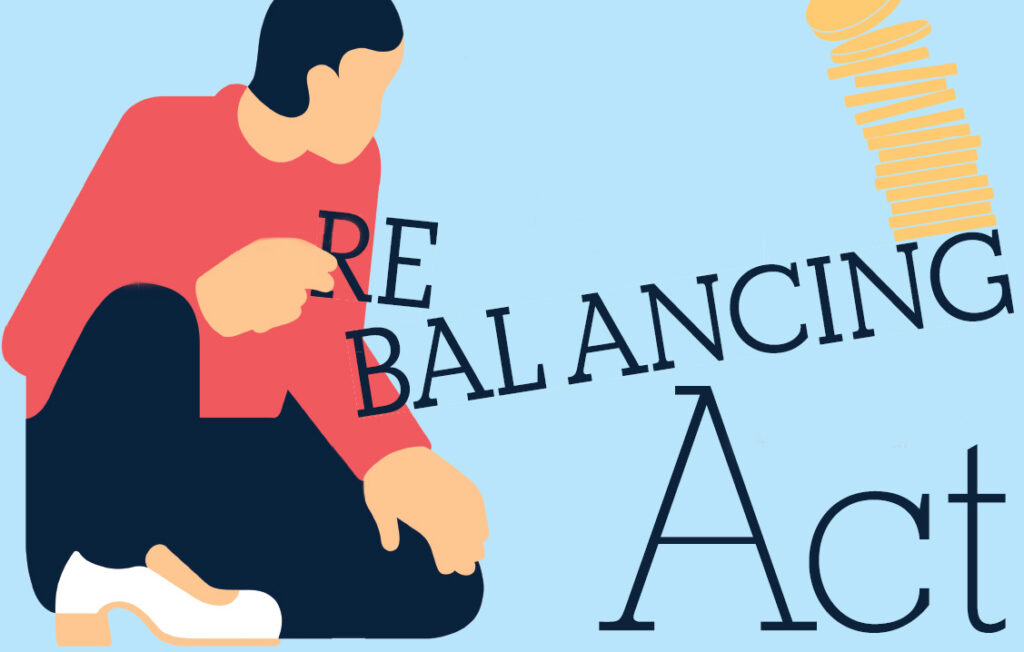Portfolio rebalancing: Why, when and how much
Markets can throw your portfolio out of whack, and without rebalancing you could end up taking on far more risk than you signed up for.
Advertisement
Markets can throw your portfolio out of whack, and without rebalancing you could end up taking on far more risk than you signed up for.

Share this article Share on Facebook Share on Twitter Share on Linkedin Share on Reddit Share on Email